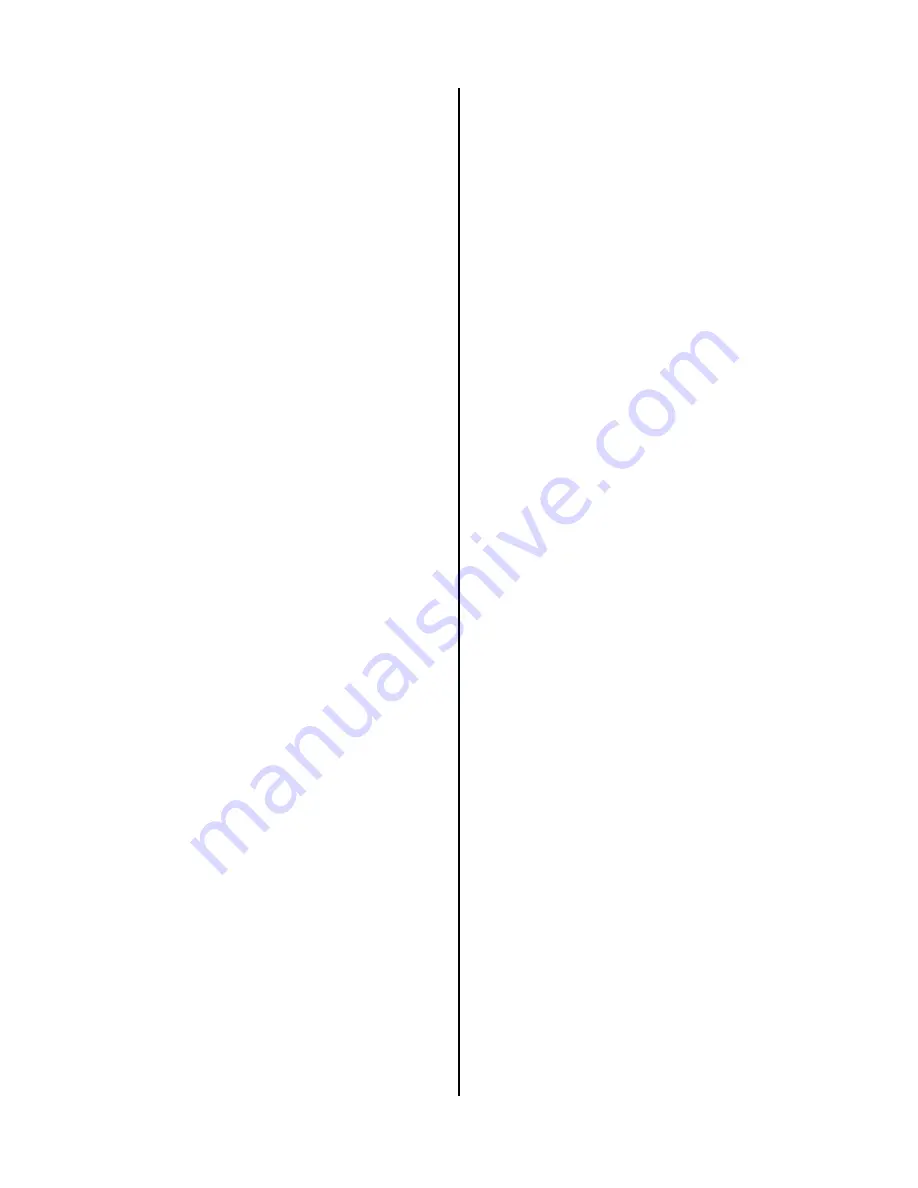
Nieuport
11
Bebe
49”
Page
4
Copyright©
2005
‐
11
M.K.
Bengtson
All
Rights
Reserved
Rev
07/11
drilling
the
holes
for
the
u/c
bindings
and
the
lower
wing
retaining
screws.
It
will
result
in
a
neater
job
if
the
bottom
of
the
fuselage
is
covered
before
the
u/c
legs
are
bound
in
place
and
bound
and
soldered
to
the
axle.
Although
no
u/c
fairings
are
shown,
scrap
balsa
may
be
used
to
fair
the
legs.
COWL
Start
by
laminating
up
the
C1
parts,
and
while
this
dries
glue
the
1/32”
ply
around
C2
and
C3.
Make
sure
that
C2
and
C3
align
correctly
or
you’ll
end
up
with
a
very
lopsided
cowl.
Glue
the
laminated
section
onto
the
main
cowl
and
then
trim
and
sand
to
shape.
Now,
tack
glue
the
cowl
accurately
to
the
fuselage,
and
glue
the
fairing
blocks
to
the
cowl.
Note
that
they
are
ONLY
glued
to
the
COWL,
not
to
the
fuselage.
Remove
the
cowl
and
trim
and
sand
the
cowl
fairings
to
shape.
Thoroughly
prime
and
seal
the
cowl
ready
for
painting.
The
cowl
may
either
be
glued
or
screwed
to
the
finished
model.
FINISHING
Although
we
all
have
our
own
preferred
covering
method,
do
ensure
that
you
don’t
add
too
much
weight
at
this
stage.
The
new
matt
covering
from
Solarfilm
would
be
a
good
compromise
between
weight
and
durability,
but
‘Tex’
coverings
are
on
the
heavy
side.
Modelling
enamels
are
a
good
finishing
medium,
but
try
to
limit
their
use
to
avoid
adding
weight.
Since
Williams
Brothers
supply
excellent
1/6
scale
model
guns
and
pilot
figures,
even
wheels
if
you
don’t
mind
the
weight,
obtaining
a
good
level
of
scale
detail
is
easy.
However,
always
bear
in
mind
that
a
little
detail
can
soon
add
a
lot
of
weight.
Weight
is
the
key
to
success
with
electric
powered
models
‐
the
less
weight,
the
more
likely
you
are
to
succeed.
WHEEL
ASSEMBLY
Balsa
Core
Laminate
the
1/8”
thick
balsa
core
to
the
¼”
thick
balsa
core
using
CA.
BALSA
PLY
SANDWICH
Gluing
the
ply
sides
on
the
3/8“
balsa
core
makes
the
basis
for
the
wheels.
Use
the
brass
hub
for
alignment.
Epoxy
the
hubs
in
place
and
add
the
1/8”
plywood
reinforcing
collar
to
both
sides.
Allow
to
cure.
TIRES
Next,
CA
glue
the
neoprene
cording
together
to
from
a
“tire”.
Use
thin
CA
sparingly
as
the
CA
bonds
very
aggressively
to
the
rubber.
Press
the
CA
wetted
ends
together
for
an
instant
bond.
ATTACH
TIRES
Then
attach
the
tires
to
the
wheels
and
CA
in
place.
A
thin
bead
of
CA
around
the
rim
makes
for
a
secure
tire.
MAKE
PAPER
CARD
CONES
Paper
cones
are
cut
out
and
a
wedge
is
cut
out
by
making
cuts
to
the
centre
along
one
wedge
of
the
spokes.
Use
a
ball
point
pen
to
score
each
line
on
the
back
to
make
an
impression
of
“spokes”
It
is
helpful
to
do
this
operation
on
a
paper
tablet
so
that
the
pen
makes
a
good
crease.
Fold
the
paper
along
the
crease
lines
to
exaggerate
the
raised
lines.
Close
the
paper
cut
outs
to
form
cones
and
tape
the
joint
inside
the
cone.
FIT
CONES
TO
WHEELS
The
inside
cones
may
now
be
attached
to
the
wheels.
The
outside
cones
may
be
attached
at
this
point
if
wheel
collars
are
to
be
used.
Alternatively,
after
installing
the
wheels
on
the
landing
gear,
a
washer
may
be
soldered
to
hold
the
wheel
in
place
and
then
the
cone
is
attached.
This
method
makes
a
very
nice
scale
appearance.
ASSEMBLY
With
the
top
wing
inverted,
carefully,
and
accurately,
position
the
fuselage
over
it.
Mark
the
positions
of
the
wing
mounting
screws
and
bolt,
and
drill
the
appropriate
holes.
Carefully
measure
the
lower
wing
screw
positions,
drill
them
and
fit
the
wings
to
the
fuselage.
Make
up
the
interplane
struts
over
the
full
size
drawing,
and
bolt
them
to
the
relevant
strut
plates.
This
will
pull
the
dihedral
into
the
bottom
wing,
but
make
sure
that
you
haven’t
also
pulled
any
twist
into
the
wings.
Now
use
this
assembly
as
a
guide
to
alignment
while
gluing
the
tailplane
firmly
in
place.
Ensure
that
the
all
moving
rudder
is
accurately
aligned,
but
also
that
the
hinges
are
both
glued
and
pinned
for
security.
The
last
thing
you
need
is
too
lose
your
rudder
mid
flight.
Make
up
the
radio
hatch,
using
your
favourite
retaining
method,
complete
the
radio
installation
and
stand
back
and
admire
your
handiwork.
You
are
now
the
proud
owner
of
a
miniature
Nieuport
11
‘Bebe’.























